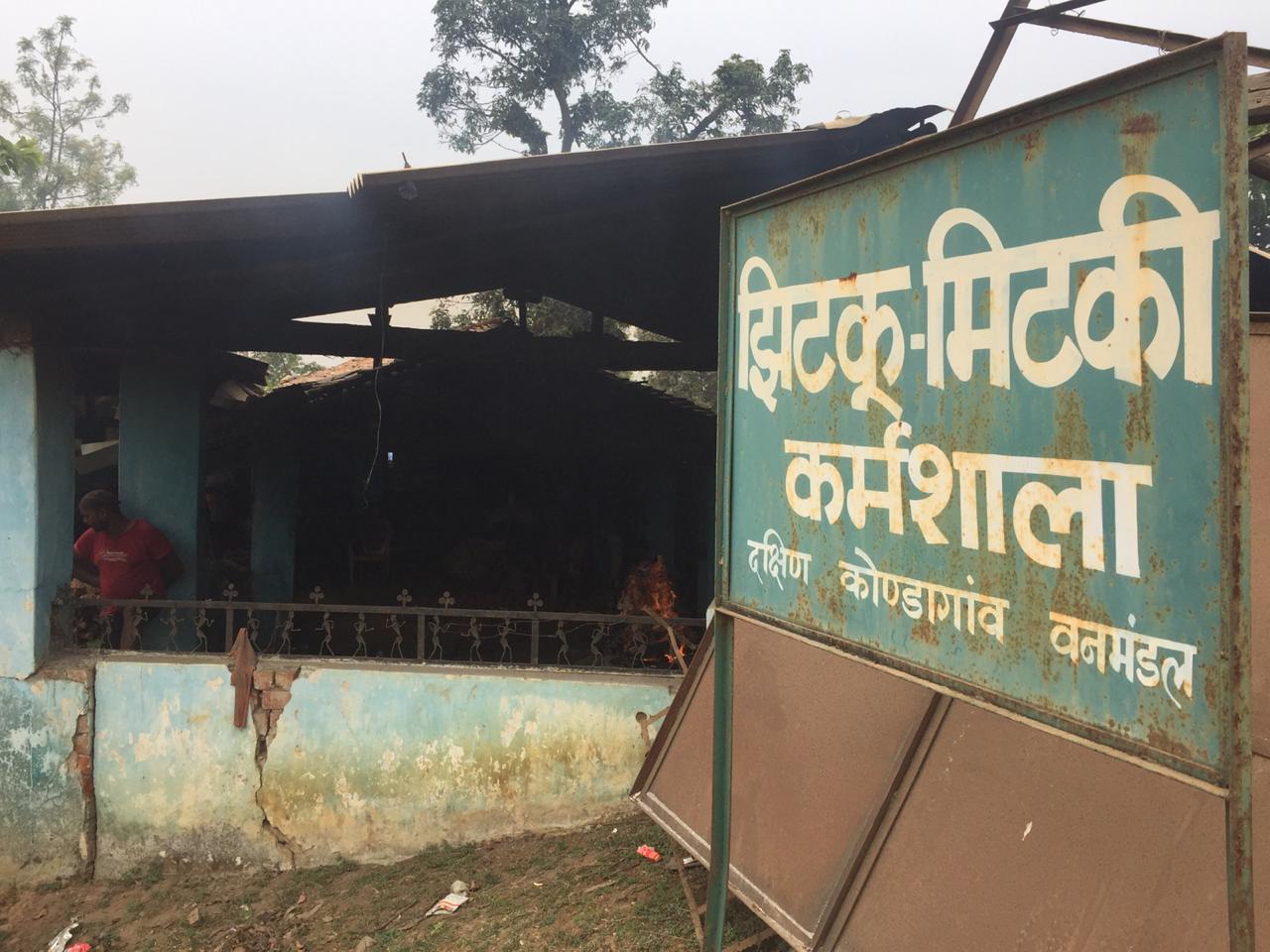Tribal Art of Bastar

India’s first blacksmiths were tribal people. The tools they made for farming purposes were later recycled for an art that is still practiced today.The Bastar district is packed with small villages whose craft workers are renowned for their metalwork and terracotta ware. Their products are exported all over the world.
Among the rich craft activities of the region is Dhokra, which involves precision, practice and skill. The preparation involves the use of cow dung, paddy husk and red soil, with beeswax. Dhokra work uses the increasingly rare lost wax technique to make beautiful vessels, jewellery and images of local deities. Among the areas where this craft is widely
Among the rich craft activities of the region is Dhokra, which involves precision, practice and skill. The preparation involves the use of cow dung, paddy husk and red soil, with beeswax. Dhokra work uses the increasingly rare lost wax technique to make beautiful vessels, jewellery and images of local deities. Among the areas where this craft is widely practiced are Kondagaon, Raigarh and Sarguja. Craftspersons from the Ghadwa community are known to be experts in this particular craft. However, time and tide demand progress and development. The tribal societies of Bastar find themselves on the crossroads asking one question above all—to change or not to change?
Dhokra, Lohshilp and terracotta pottery are the most typical crafts of the Bastar area. The traditional skills are passed down from generation to generation by various tribal communities in the area, centred on the villages of Kondagaon, Umargaon and Gunagaon.
Dhokra is an ancient art based on a lost wax bronze casting technique said to date back more than 4000 years.
Lohshilp, or wrought iron work, is another unique craft practiced in the Bastar area. These artworks are made from bits of scrap iron heated in a forge, twisted and hammered to create naïve but expressive forms
Terracotta pottery is another of the area’s specialities. Its characteristic reddish colour comes from the natural colour of the clay. Its commonest themes are tribal patterns, elephants and horses.
Unique Arts and Crafts of Bastar
Paintings inspired by tattoos, legends expressed in bell metal sculptures, clay utensils that do double duty as objects d’art – the list goes on. Bastar’s adivasis have honed the skill of making the most out of very little.


